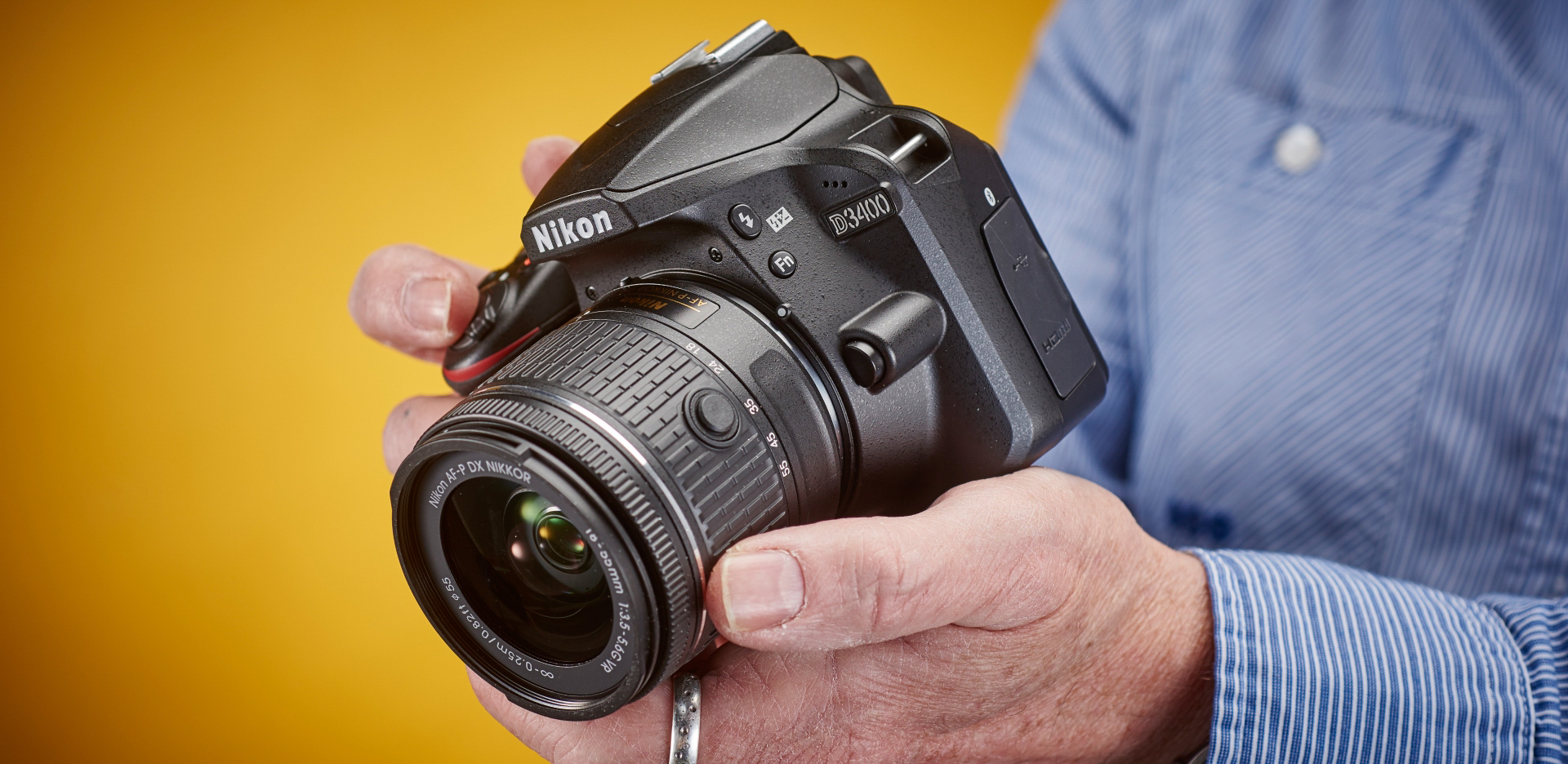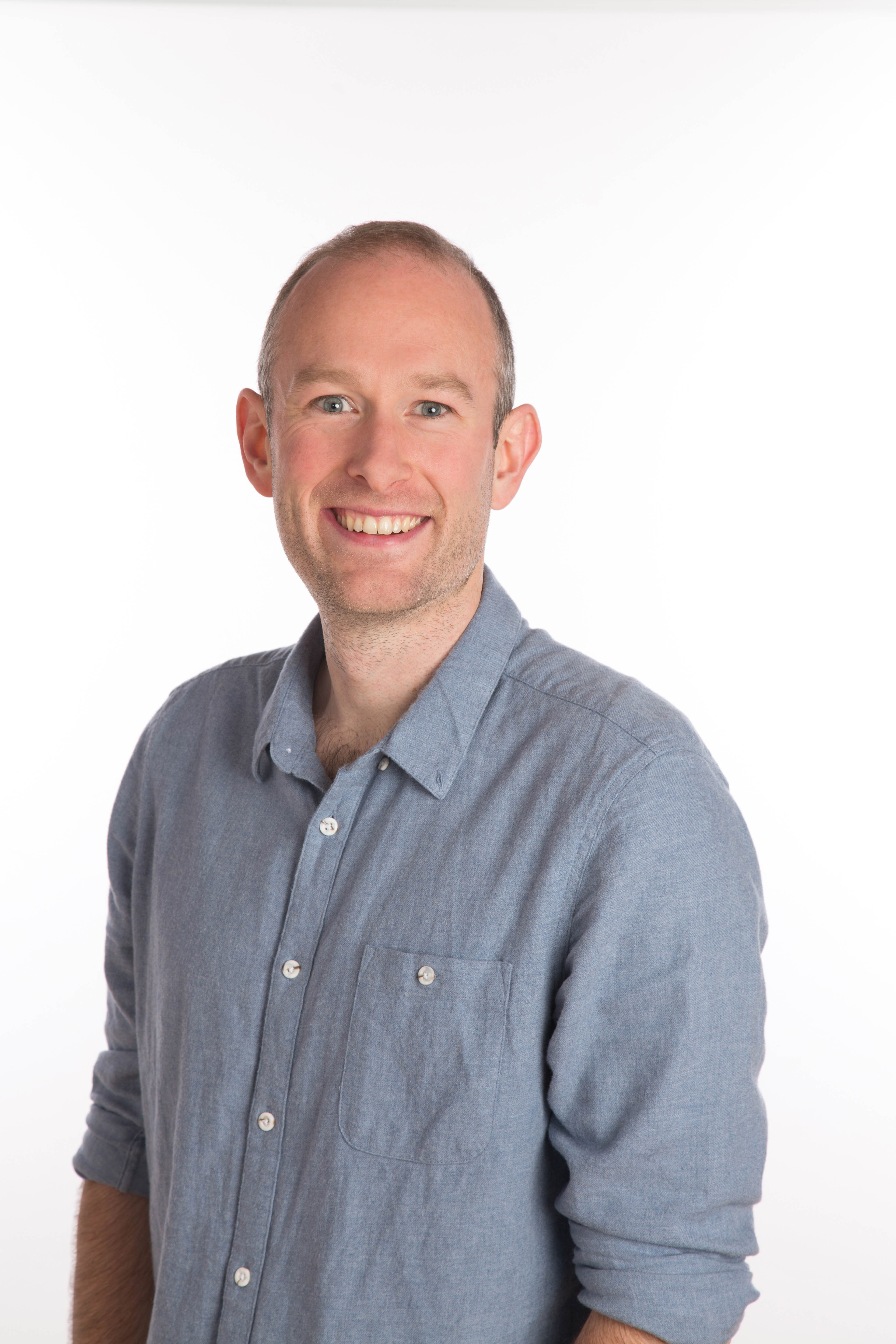Cheap Nikon lenses are out there and you can snap them up for your camera right now, if you know what you want and where to look. So if you've got a Nikon DSLR or a mirrorless camera, the best cheap Nikon lens isn't hard to find, using this guide. From Nikon DSLR, DX, FX or Z series to third-party Sigma and Tamron lenses, there's lots to pick from.
You may want to upgrade your kit lenses, get more zoom using a telephoto, cram more in frame using a wide-angle lens, get close-up shots with a macro lens, snap people using a portrait lens with background blur, or go for an all round standard zoom lens. Having the best camera is one thing, but choosing the right lens for the right situation is quite another.
What lens types does Nikon support?
When it come to Nikon DSLR cameras you've got two lens groups to think about: the DX range for APS-C format cameras and the FX line for full frame cameras. For mirrorless Nikon cameras there are the Nikkor Z lenses that will fit the camera. There is the FTZ mount adapter which can be used here to fit Nikon DSLR lenses. Since there are so few mirrorless lenses and this adapter is widely available, this list will mainly focus on how to buy the DSLR options.
There are a number of manufacturers that create lenses for Nikon cameras. Nikkor are the official Nikon-branded lenses and, overall, they're probably the best ones to go for in terms of performance. However, you shouldn't write off the third-party makers. Tamron and Sigma also create Nikon compatible lenses, and the Tamron ones often give you comparable performance for a slightly lower price.
If you're changing system (going from DSLR to Mirrorless) then you don't necessarily have to sell all your old lenses. Although DSLR lenses won't be a straight fit for the Z system on mirrorless cameras, you can buy an adapter for your old lenses, so they work with the mirrorless system. It's pricey at $250, but could save you a small fortune if you have several DSLR lenses you want to keep.
Best Nikon lens retailers
What cheap Nikon lens do you need for zoom?
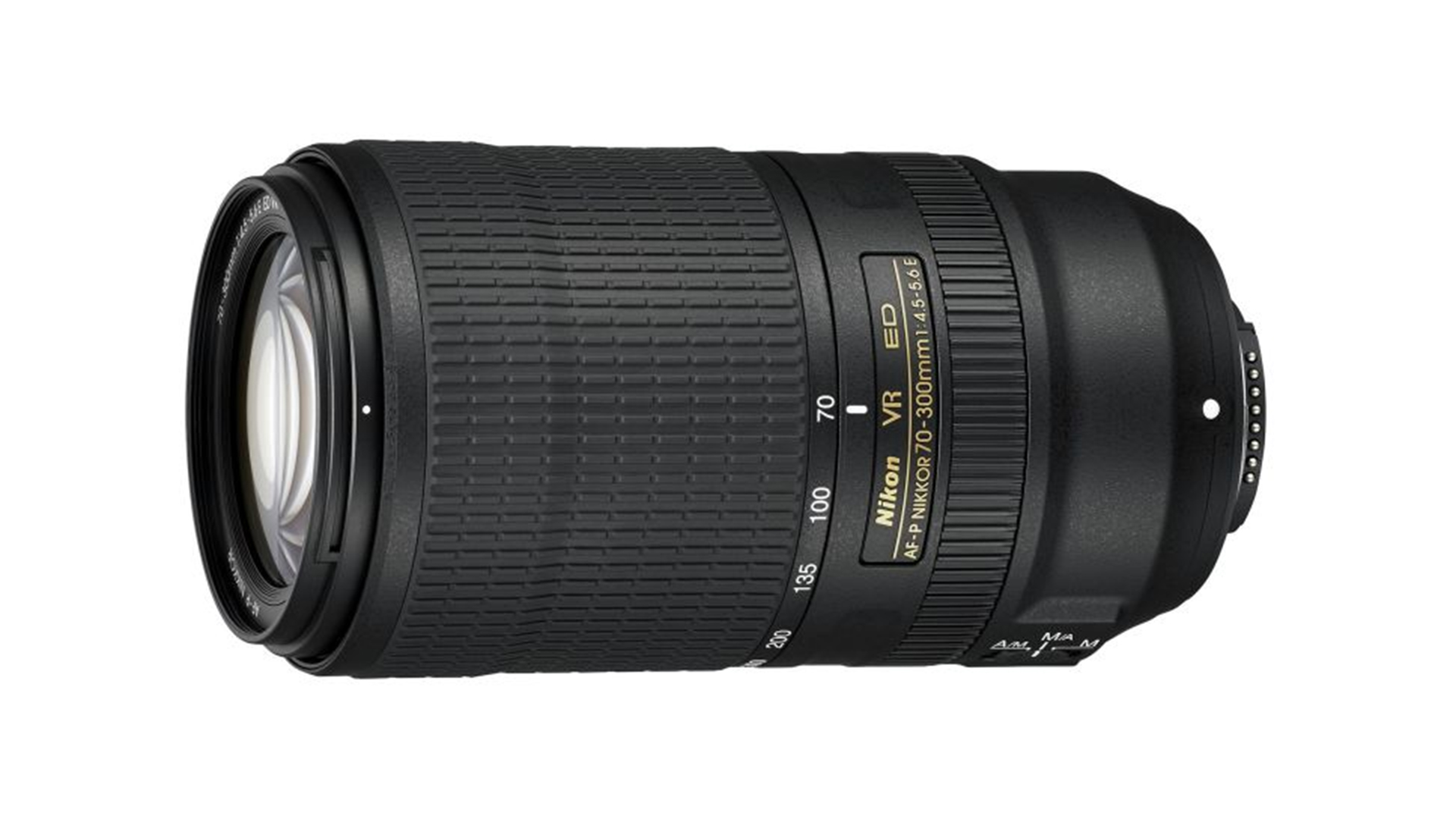
If you want to get that shot of a deer off in the distance without spooking it, great shots of sporting moments as they happen, or that impressively large Kite perched in your garden tree, a telephoto zoom lens is what you need.
These are not only some of the biggest lenses out there but they're also some of the most expensive. Both of these features are for the same reason – lots of glass.
Even if you've got a smaller DX format Nikon DSLR, it's always best to go for the full-frame FX lens when it comes to telephoto to make sure you get maximum quality. But, of course, price can be a factor here. Generally the more zoom you get, the more you're going to pay.
A great budget option is the Nikon AF-P 70-300mm f/4.5-5.6E ED VR lens which keeps the price reasonable while still offering plenty of power and quality. The AF-P (pulse motor) autofocus makes for super-fast focus and near silent running.
That said you can get an affordable lens like the Nikon Z DX 50-250mm f/4.5/6.3 VR which is a Z DX mount option that offers plenty of zoom while remaining compact. It does this thanks to a retractable design and modest aperture rating.
How to get the right Nikon lens for background blur
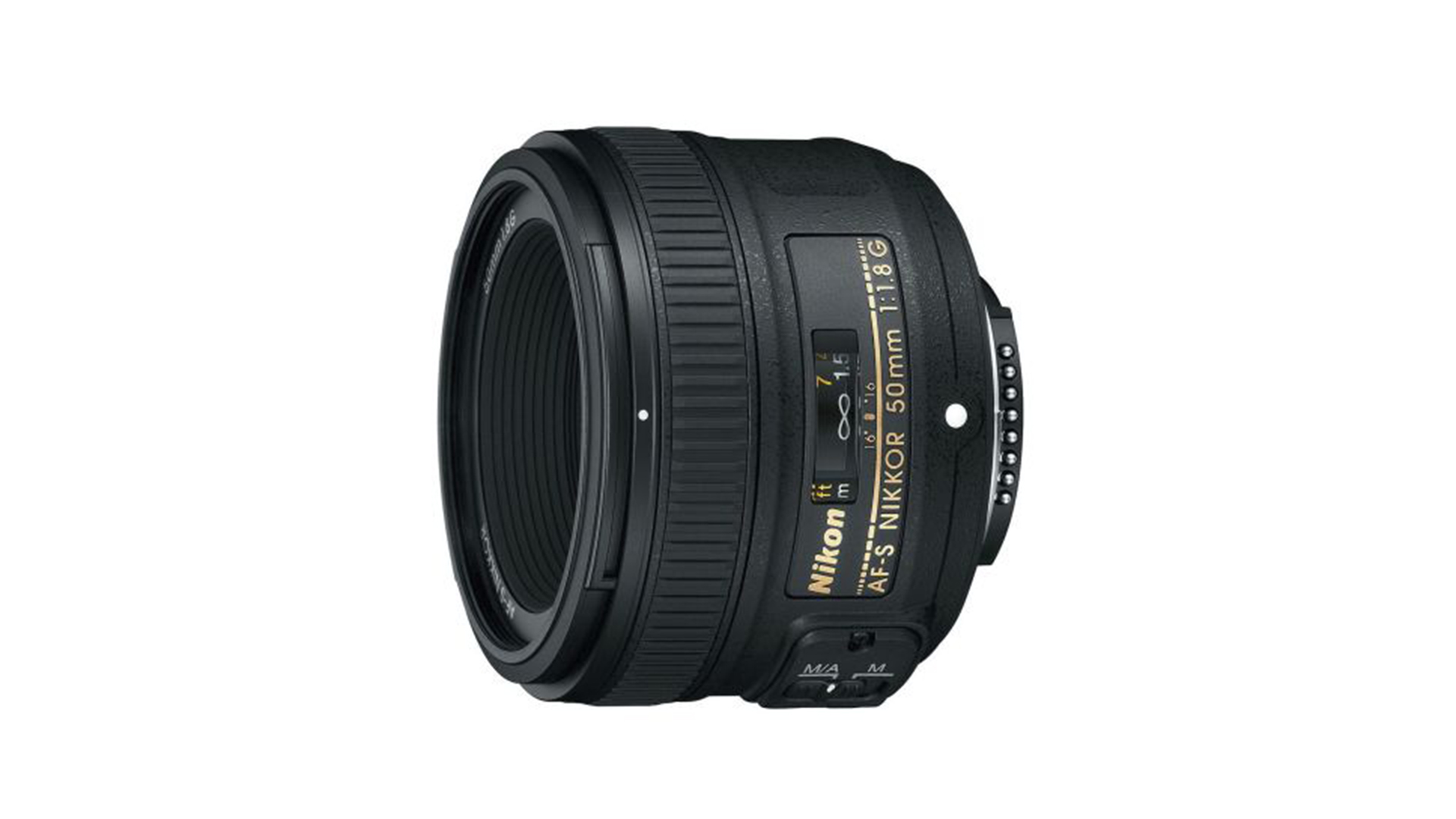
If that professional effect is what you want in your shots, with a blurred out background, then there is a lens you'll need to look for. The best bokeh effect lens is a portrait or prime lens. This will make the subject stand out from their surroundings for a more dramatic finish that looks well defined and clear.
What you're looking for here is a longer focal length and a fast aperture. That means an f number of about f/1.4 to f/1.8 ideally, and a focal length between 35mm-50mm. That extra focal length means you don't have to get right in the subject's face to get the shot, only to capture them looking uncomfortably space-invaded.
A great option here is Nikon's own AF-S 50mm f/1.8G Nikon FX lens. Despite the affordable price this offers great quality with a weather-sealed metal mounting, hood and ring-type ultrasonic autofocus. That said, if you want to spend a few more bucks you can go for the Sigma 50mm f/1.4 which is two-thirds of a stop faster.
If you'd rather cut down on lenses, you can use some of the better zooms and kit lenses for portraiture, but you likely won't get the same low f numbers as a prime lens.
The best cheap Nikon lens for close-up shots
For really close up shots it's a macro lens which you need to look out for. These make such a big difference when shooting things like food, furniture and even nature. Where another lens would simply not focus at all, this will manage to gain clarity on a subject that's right there in front of the camera. The result is drama and effect that pulls the viewer into the image more.
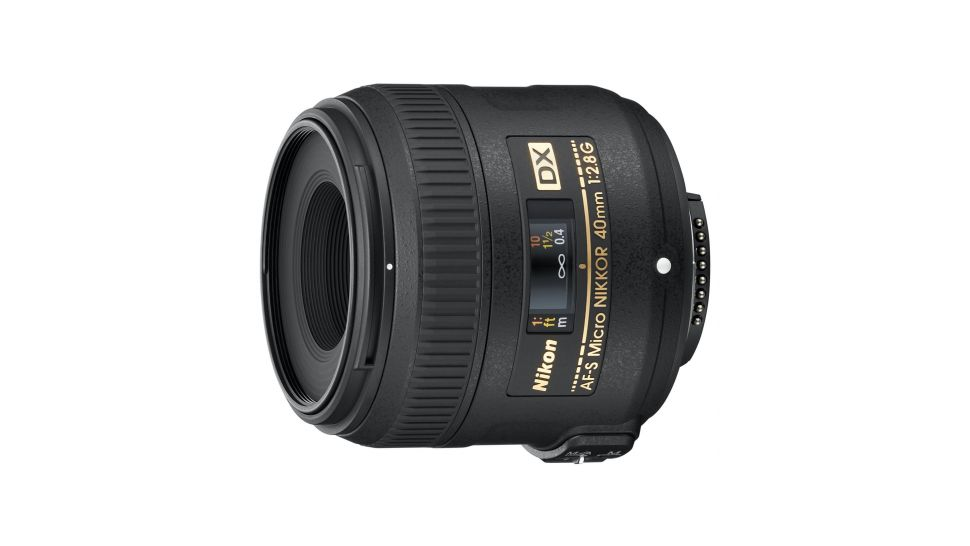
Since this is quite a specialist lens it can be more expensive, especially if you go into the higher end of what's out there. That said, there are cheap options. Once again it's Nikon that offers a relatively inexpensive option meaning you are getting the quality and compatibility of the brand that made your camera.
A great pick is the Nikon AF-S DX 40mm f/2.8G Micro which is a small Nikon DX for DSLRs which is light at 235g but offers an aperture from f/2.8 all the way up to f/16. You get nearly no distortion or color fringing and an effective focal length of 60mm. A small delight that's worth squeezing in your camera bag.
The best cheap Nikon lens for wide angle photos
A wide-angle lens is an ideal option for anyone that wants to get more in shot than a standard lens can offer. This means if you're out trying to capture nature as it really feels, or cramped into a smaller space and in need of more inclusion, a wide-angle lens is what you're after.
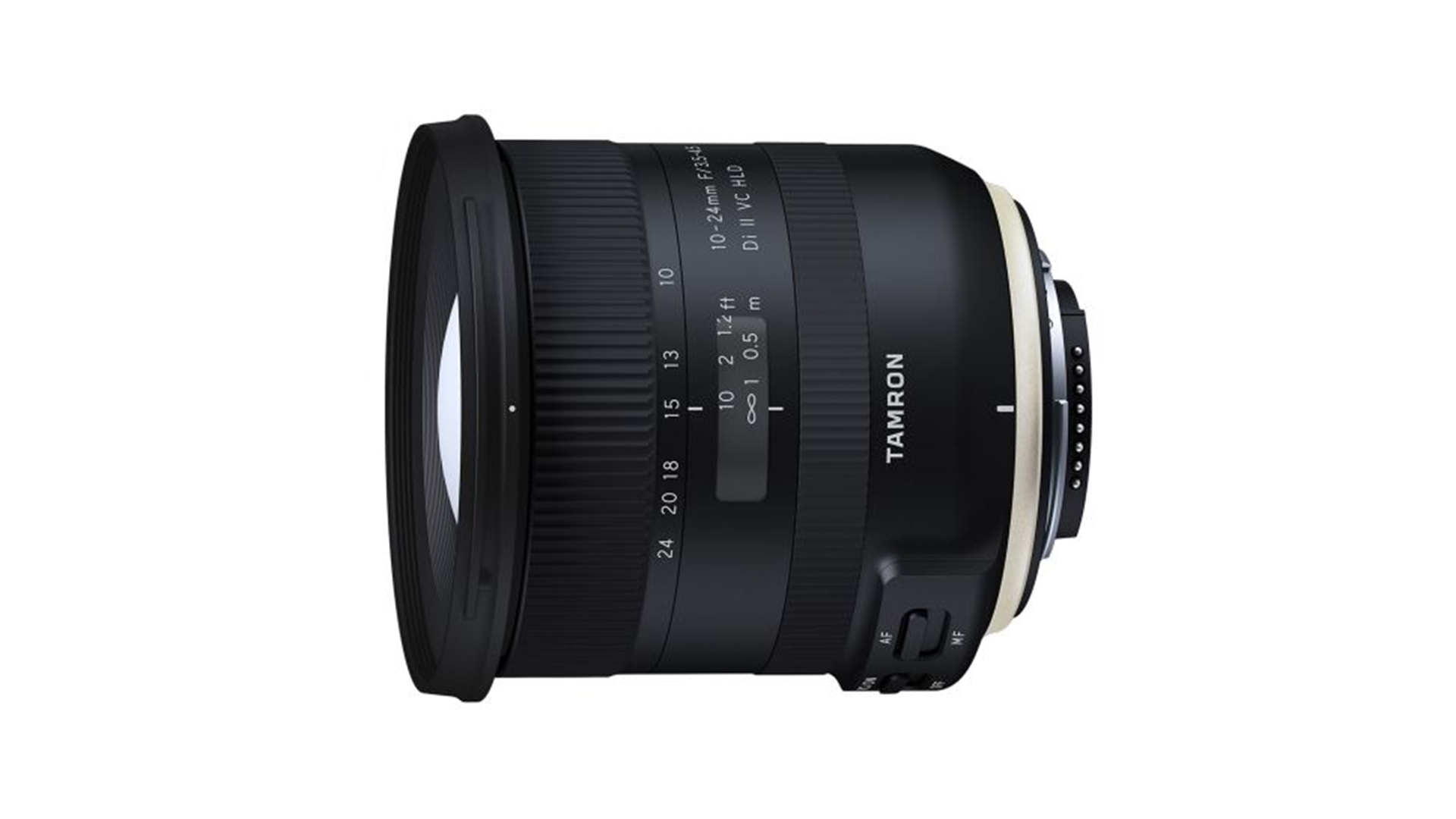
These need not be expensive as they can be compact and are a style of lens that's been available for a very, very long time. As such this is a good time to go for a third-party lens manufacturer.
The Tamron 10-24mm f/3.5-4.5 Di II VC HLD is a great option as it keeps the price down without scrimping on quality or features. There is a Nikon 10-20mm lens, which has good VR built in but... do you really need to reduce shake with a wide angle lens, which is mostly used for landscape images? Probably not.
Should you buy used or second-hand?
It's a genuine dilemma - do you buy used lenses to save money, or just buy from new to guarantee reliability? Nikon has a healthy second-hand lens market, especially for DSLRs, so you can save a lot of money if you're willing to buy pre-owned. We reckon you can easily get away with used lenses if you're buying prime or wide angle lenses, as they are simpler devices with fewer things to go wrong in them. We would advise against getting second-hand prime lenses, as you're far more likely to notice any imperfections on the lens. We also would be very careful about getting used telephoto lenses, as you have additional issues with the zoom mechanism itself to consider.
Many stores that sell used lenses will have guarantees that cover your purchase for a year or more, and most are quite particular about the condition of a lens before they buy it to sell onwards. If you're buying online, without seeing the lens, make sure you get this limited warranty and that you are 100% certain you can exchange or refund your lens if there is something wrong with it. Stores like B&H Photo will refund you within 30 days, provided you return the lens in the same condition you bought it in.
